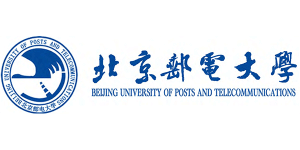Content guide
Spatial ability is a basic human ability for work and daily life. From the perspective of brain development, spatial ability is significantly malleable and can be improved by specific training. Empirical studies have shown that geography education can promote spatial abilities of college students. However, the mechanism of how geography education shapes the human brain and thus enhances spatial abilities is not clear.
As a long-standing focus of geography and cognitive neuroscience, there have been breakthroughs in neuroimaging studies of spatial ability over the past two decades. These studies have mainly focused on the differences in spatial ability on demographic factors such as gender and age, but less on the plasticity of spatial ability in geography education. Exploring how geography education can improve the spatial ability of college students from the perspective of cognitive neuroscience can provide scientific references for further improving geography education and cultivating geography talents.
In the present study, we conducted behavioral experiments on 63 undergraduate subjects at Beijing Normal University, 49 of whom underwent functional magnetic resonance imaging (fMRI) experiments. All subjects were divided into four groups according to their undergraduate year and major, and completed four spatial ability tasks. Using task-state whole brain analysis and resting-state functional connectivity analysis, this study provides the first brain imaging evidence that geography education enhances the spatial abilities of undergraduate students.
Research Content
We used undergraduate major (geography major/non-geography major) and undergraduate year (freshman/senior year) as independent variables for the experiment. Both experiments used a between-subjects design and constructed four groups that were independent of each other, with no significant group differences in subject gender or age. All subjects would complete the behavioral experiment and undergo the fMRI experiment according to the voluntary principle. Both the behavioral experiment and the fMRI contained four components: mental rotation, spatial orientation, spatial visualization and spatial relational reasoning, and both experiments had the same type of questions (four-option multiple choice questions), with different specific questions. In addition, before the behavioral experiment, the subjects were required to fill out the Santa Barbara Scale of Spatial Orientation (SBSOD); before and after the fMRI task state experiment, the subjects were also required to perform MRI scans of resting state and T1 structural images for subsequent data preprocessing and analysis (Figure 1).
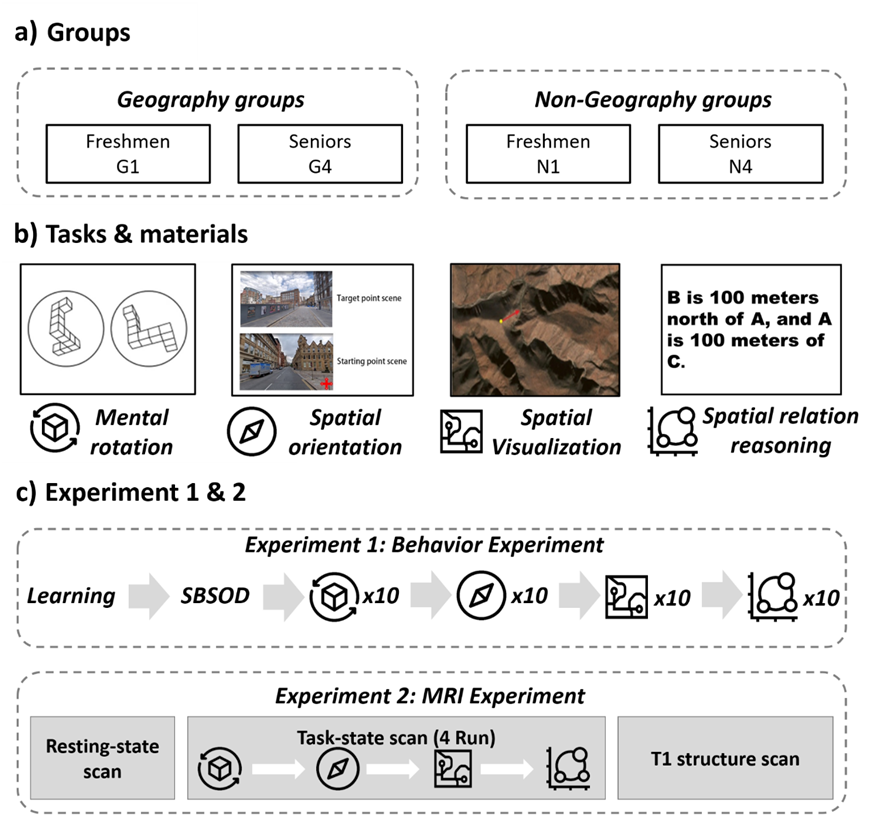


Figure 1 Behavioral experiment and fMRI experimental design
In this study, the results of the behavioral experiments were analyzed using the classical significance test; for the fMRI data, whole-brain analysis was used for task state images (ts-fMRI) and functional connectivity analysis was used for resting state images (rs-fMRI), considering the exploration of cognitive processes and plasticity development in college students, respectively. The specific process is shown in Figure 2 below:
Whole brain analysis: First, after completing standard ts-fMRI preprocessing, the images were fed into a generalized linear model (GLM). Then, the obtained blood oxygen level-dependent signal (BOLD) was convolved with the standard hemodynamic response function (HRF) to obtain the beta signal. Within-group analyses were performed on four subgroups of subjects' beta signal data to observe individual subjects' brain activation under a specific task. Then, full factorial models were selected for group-level analyses [independent samples t-test and two-way analysis of variance (F-test) including school year × specialty interactions] to compare significant differences in brain activation between groups (AlphaSim p < 0.05).
Functional connectivity analysis: First, after completing the standard rs-fMRI preprocessing, the beta signal was obtained according to the above process. The whole brain was segmented by anatomical regions according to the Montreal Neurological Institute Brain Imaging Template (AAL90) to extract the beta signal for each brain region, and then a functional brain connectivity matrix was constructed based on the pearson correlation (Figure 3). On the one hand, the brain functional connectivity of the four subgroups of subjects was subjected to t-test and F-test (connected edge analysis) according to each connection; on the other hand, the brain functional connectivity was considered as a weighted undirected graph, and the network indicators (node degree and node clustering coefficient) were extracted for network analysis.
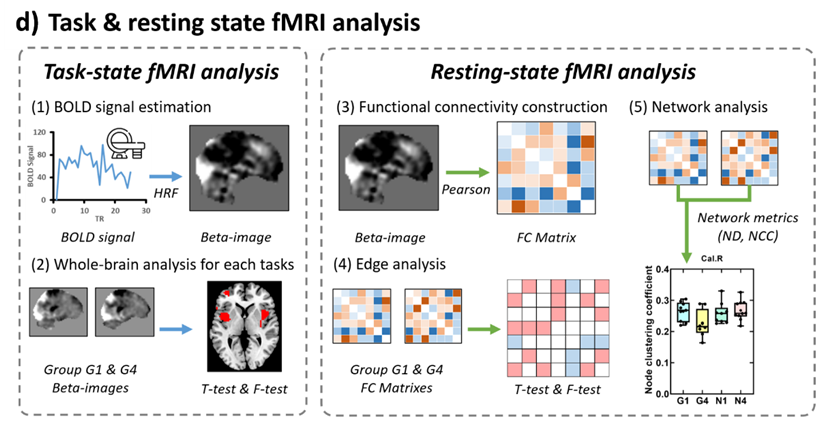


Figure 2 Flow of task-state and resting-state fMRI analysis
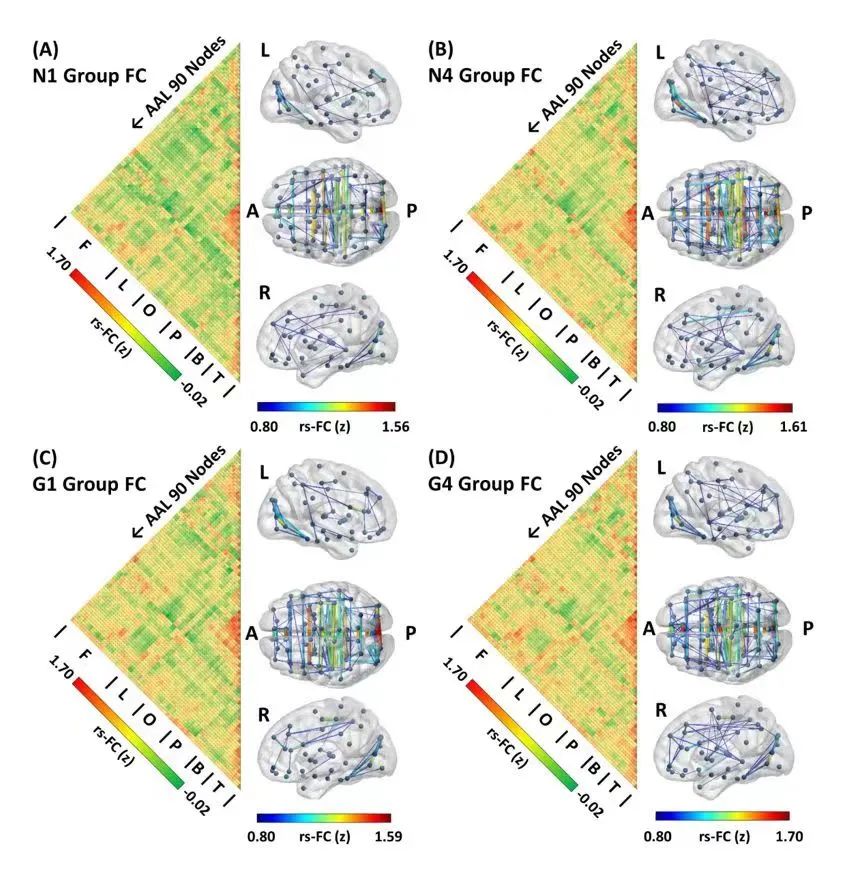


Figure 3 Visualization of resting-state functional connectivity constructs in the brain.
(A) freshman non-geography group; (B) senior non-geography group; (C) freshman geography group; (D) senior geography group.
Study results
Behavioral data showed that senior geography majors (G4 group) completed the spatial ability task with higher accuracy than freshman geography majors (G1 group) and non-geography seniors (N4 group) (see original article). In contrast, whole-brain analysis revealed significant activation in the insula (Ins), lingual gyrus (Ling), prefrontal lobe (MFG/SFG), and precuneus (pCUN) during task completion in the G4 group compared to the other groups, representing elevated visual attention, object recognition, spatial memory, and self-centered spatial reference, respectively, in this group (Figure 4). We infer that geography courses or teaching sessions corresponding to these cognitive process enhancements include digital cartography (topographic map reading enhances visual attention and object recognition), Chinese geography (memory of mountains, lakes, and political regions enhances spatial memory), and GIS internship (field survey and GPS use enhances egocentric spatial reference representations).
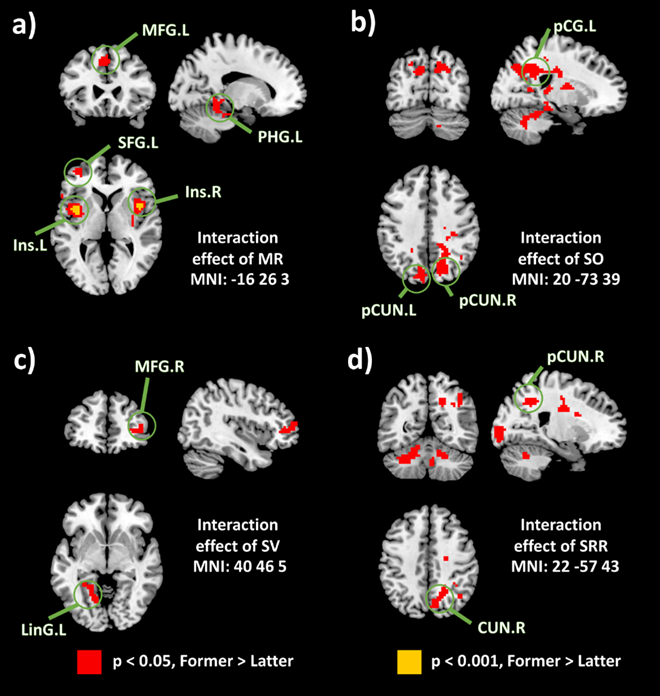


Figure 4 Results of whole-brain analysis (F-test). a) Mental rotation task; b) Spatial localization task; c) Spatial visualization task; d) Spatial relational reasoning task. The legend shows the activated brain clusters.
Functional connectivity connectivity analysis found that the strength of connections between brain regions such as prefrontal, hippocampus (PHG), entorhinal cortex (EC), and parahippocampus (PPG) significantly increased as undergraduates completed the spatial ability task with increasing grade level; and the increase was more significant in the senior geography group compared to the senior non-geography group (Figure 5). And the network analysis found that in some important brain nodes, the senior geography group was significantly higher in the clustering coefficient compared to the senior non-geography group; while the senior non-geography group was significantly lower in the node degree compared to the freshman non-geography group (Figure 6). Both analyses suggest that although both university education will have positive plasticity on spatial ability, geography education will enhance it more significantly than non-geography education, especially reflected in the more efficient conversion of each cognitive process in completing the task.
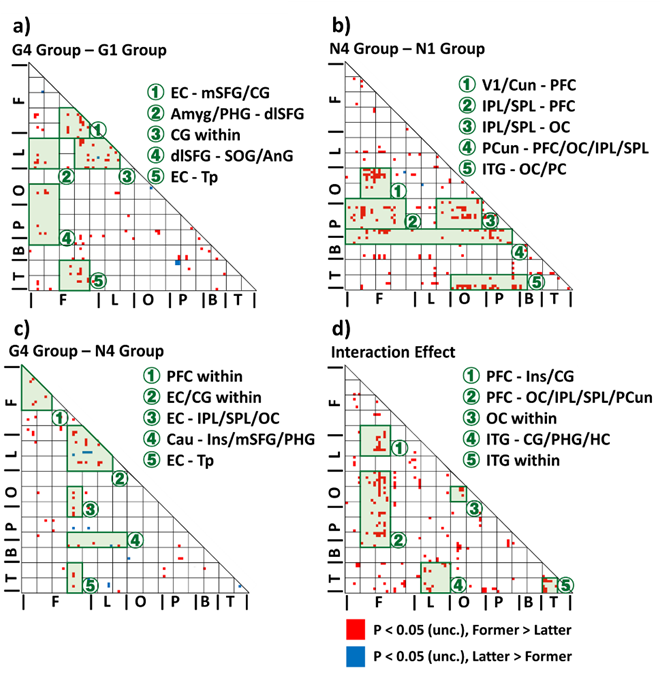


Figure 5 Results of the resting-state functional connectivity connected edge analysis. a) Senior geography group vs. freshman geography group; b) Senior non-geography group vs. freshman non-geography group; c) Senior geography group vs. senior non-geography group; d) Year x major interaction effect.
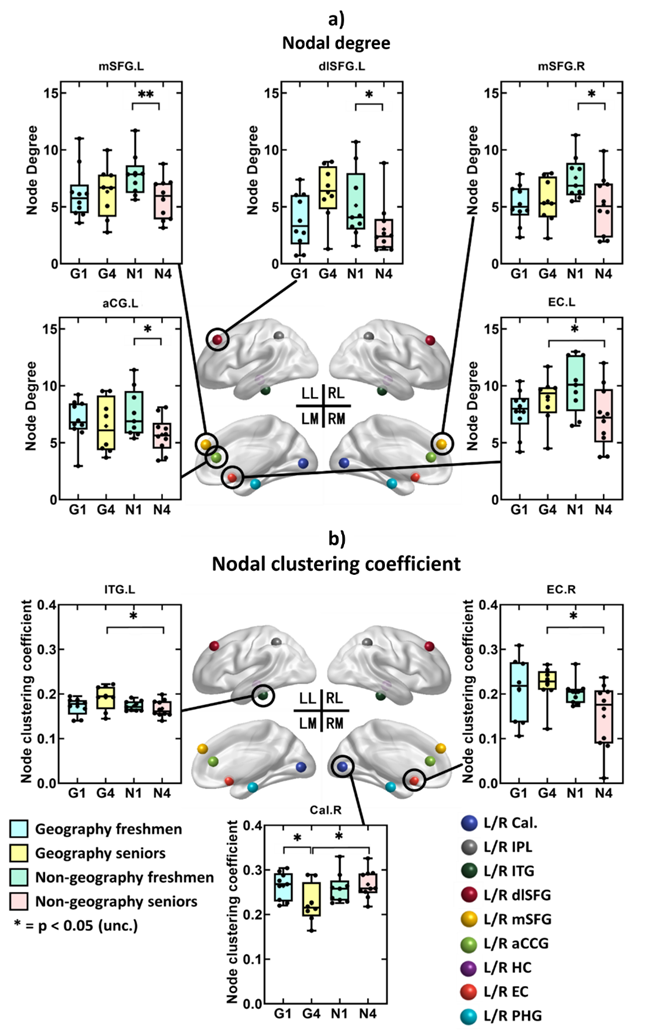


Fig. 6 Results of resting-state functional connectivity network analysis. a) Network node degree; b) Network node clustering coefficient.
Summary and Outlook
This study obtained the first neuroimaging evidence that geography education shapes college students' spatial abilities through empirical brain-behavior analysis, indicating that college students who received geography education have stronger mental rotation, spatial visualization, and spatial relational reasoning abilities. Future geography education research can use neuroimaging to explore more deeply the causal relationship between geography teaching and competence enhancement, and better contribute to the cultivation of innovative talents in geography from an interdisciplinary perspective.
References
Weihua Dong, Qi Ying, Tianyu Yang, Lin Zhu, Yu Liu & Xiaohong Wan (2023) Geography education improves spatial ability: evidence from fMRI and behavioral experiments, Cartography and Geographic Information Science, DOI: 10.1080/15230406.2023.2171493
Source: S3-Lab
Material collation: Dong Weihua
Content layout: Cao Renjun
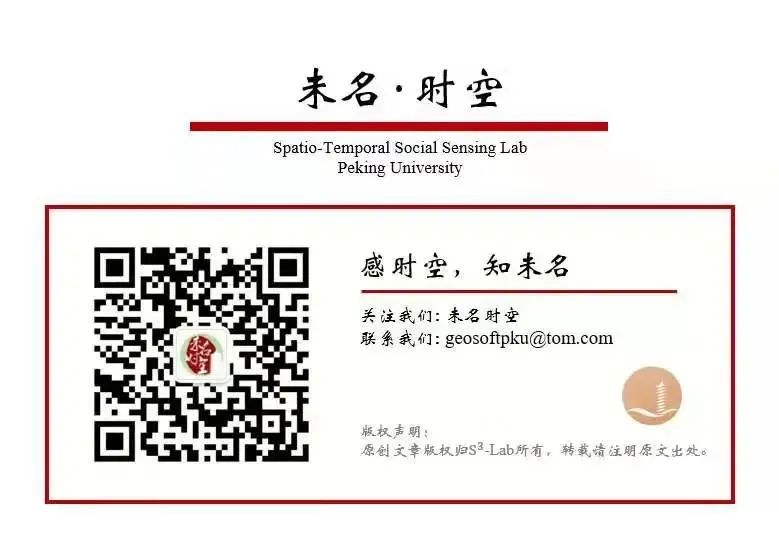

This article comes from the WeChat public number: EVERLOYAL






